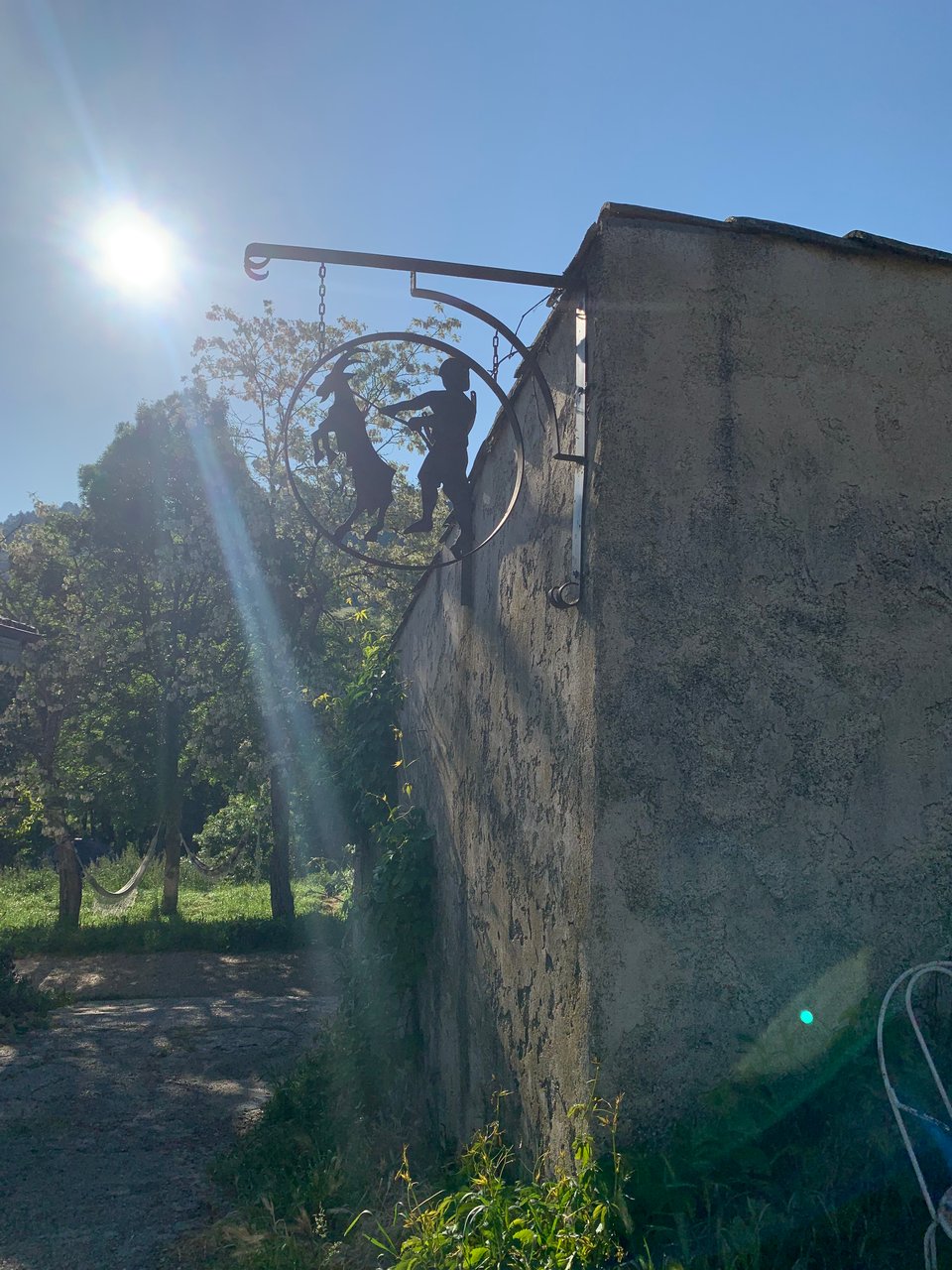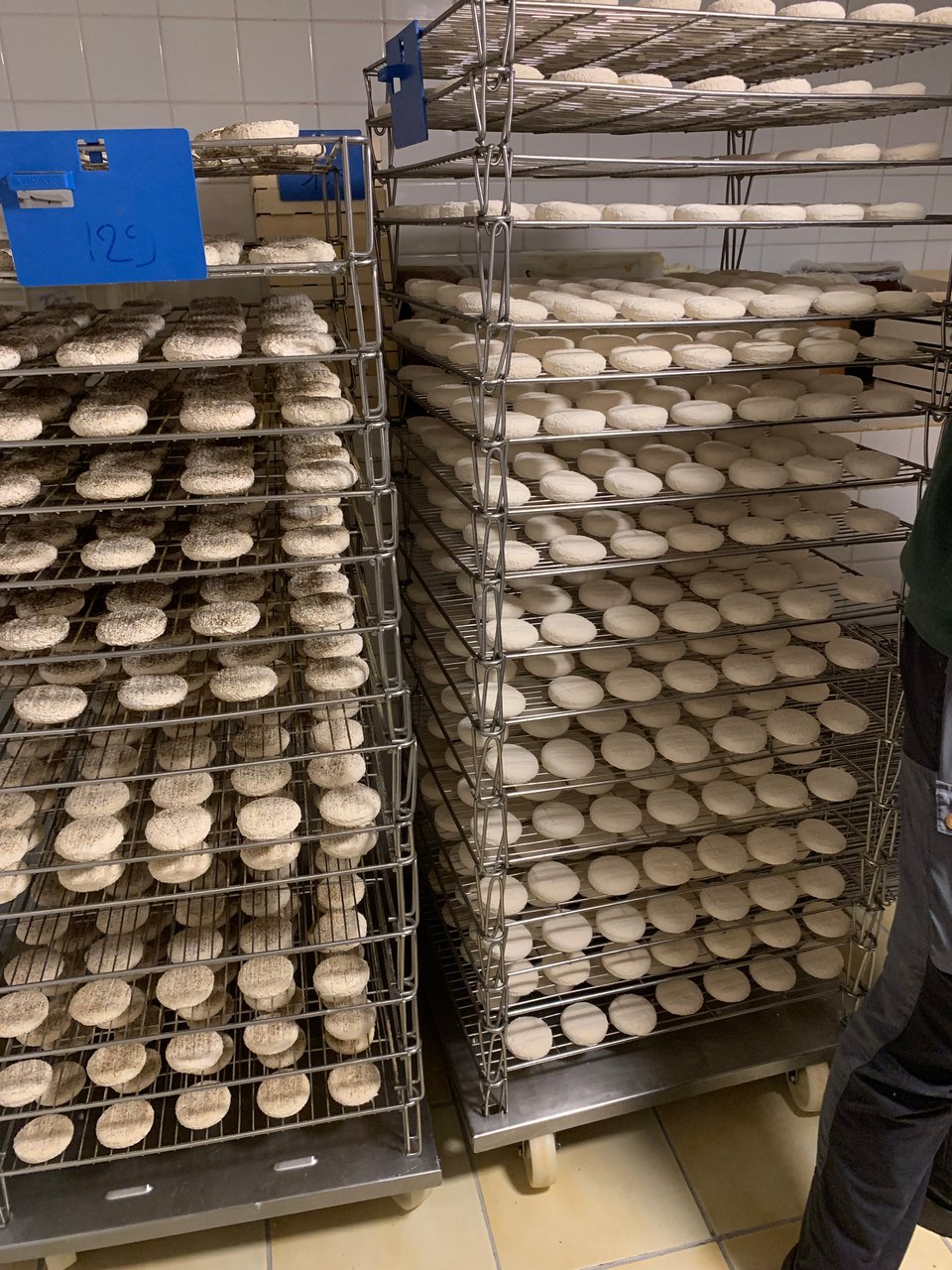A visit to Sisteron.

One must never forget where great, exceptional, cheese begins. A thriving farm, a lush pasture, a diverse landscape. These are the key elements that must exist well before milk makes its way to a vat. With the added bonus of a precise, well executed make, the result can be extraordinary.
Last week we had the amazing opportunity to live out the sequence described above, visiting Petit Jabron in Sisteron (Provence region).

Their story is one that takes us back to 1984. Isabelle and Elysee Donneaud began milking 30 Provencal goat’s in the Jabron valley for the purpose of creating farmhouse cheese (the dairy is on site). As the years passed, their cheeses began building momentum and year by year the farm grew. Today, the farm is run by their sons, Marc and Adrien, with Louise Brunet heading up the dairy.
For the family, allowing the goat’s to forage on the native species of the area is the heart of the business. The farm is surrounded by lush mountain pasture, reaching well above 800m in certain areas. Thyme, Sage, Oregano, Rosemary amongst other wild fodder all thrive in the lush forested landscape.

We were lucky enough to walk alongside Adrien (the herdsman) and his goats on one of their daily trips up into the mountains. The goal is simple, graze until bellies are full. Roughly 1.5 hours up, 1.5 hours down. Adrien knows the land like the back of his hand, guiding the goat’s to new pasture every couple of minutes, each more secluded, rich and diverse than the previous. As someone who frequents farmers markets, the amount of fresh herbs available for grazing was almost hard to believe. You could not escape the aroma.

With now over 250 goats to keep track of, Adrien’s calm demeaner was extraordinary. Every move is calculated, resulting in the highest and most flavorful milk production possible. This included monitoring energy expenditure, not wanting the herd to move too fast up or down the mountain, which would deplete overall supply. Being observant to not double back on any pasture, taking a completely separate route down in order to maximize feeding(the mental map is clearly detailed). All while hiking steep, rugged, at times difficult landscape. The meticulous yet gracious work extends into the dairy.
Upon returning from our hike, we spent our afternoon with Louise and her team. The all female crew was hard at work preparing for the Fete Du Fromage- Banon, which was set to commence on the weekend of our visit (for the record, they won the competition). Banon, Petit Jabron, Galette Des Templiers, Le St.Domnin and Oliva are amongst a host of small batch local goat cheeses that the team produces. All of the milk is raw and the yeasts indigenous.

The efficiency in such a small space, creating such a vast yet delicate range of cheeses was noteworthy. A positive, light hearted environment was also lovely to be a part of.
The story of Petit Jabron is one of respecting the land but also maximizing it. The goats are only out from May-October, which in turn is the only time cheese is produced. This short window of time exists because the family want their cheeses to reflect the land, not a barn or a feed.
As cheesemongers’, its more often than not that we are ‘conveying’ a message. People, farming practices, unique cheesemaking, these are the stories we tell. It is however of utmost importance for us to live within these stories, if even for a moment. To see with our own eyes, to feel with our own feet, the work that goes in to making a special end product.

We left Sisteron with a new perspective on, “seasonality,” but also with a firm understanding of that word…terroir. We cannot promise you that the cheeses from Jabron will be readily available, the quantities are low and the demand is high (there are talks over a new dairy being built on site). But if you are lucky enough to get you hands on some, I encourage you to reflect on the work laid out above. Not all cheese is created equal.
Good day.
Jakob
